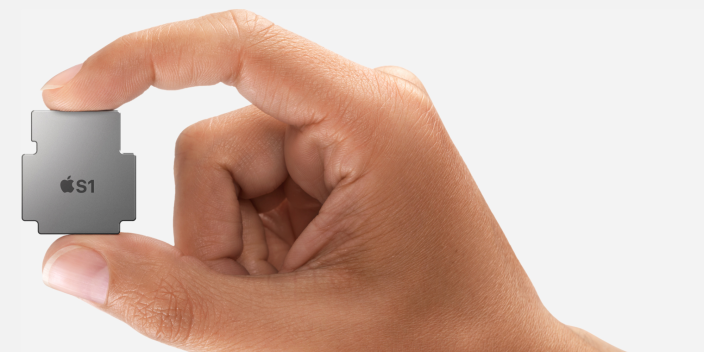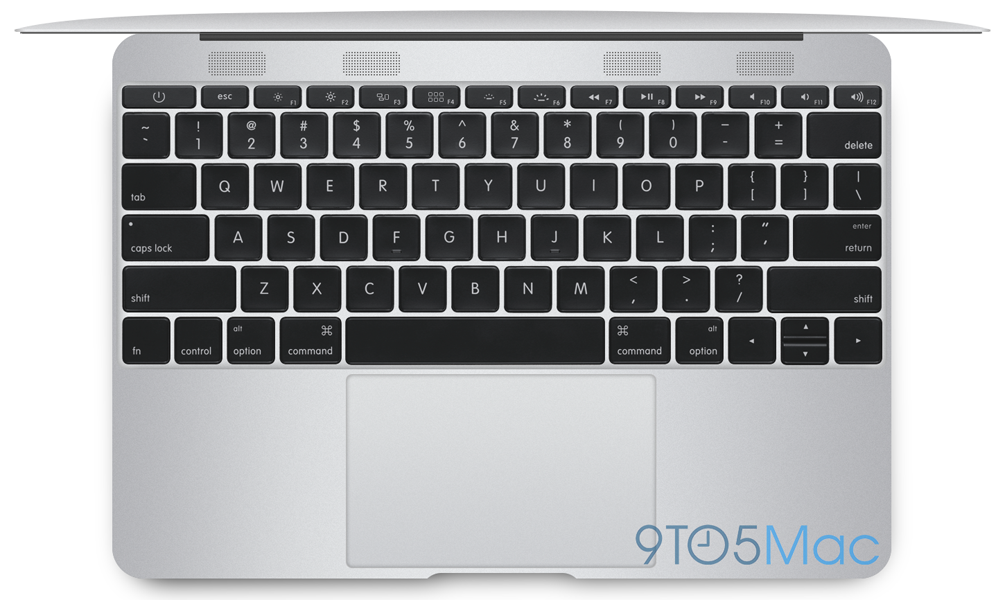Apple Watch S1 processor uses older 28-nanometer process, Chipworks confirms


Nearly two weeks after the product’s official release, Chipworks has updated its earlier Apple Watch teardown to note several significant details, most notably that Apple’s latest processor uses a 28-nanometer building process that has already been leapfrogged by newer technology. The discovery reveals that the S1 — believed to be roughly equivalent in processing power to Apple’s A5 processors — can be readily evolved using the smaller 20-nanometer process used in Apple’s current A8 processors, as well as the cutting-edge 14-nanometer process that’s reportedly being used in the upcoming A9. This is good news for next-generation versions of the Apple Watch, as they will be able to easily fit faster or more power-efficient processors in the same space as the S1.
As highlighted in separate chip teardown and X-ray analyses released today by Chipworks and iFixit (partnered with Creative Electron), the S1 packs over 30 components into a resin-covered package, including everything from wireless chips, wireless charging, audio processors and sensors to the CPU itself. The CPU is again said to be Samsung-fabricated, continuing the unusual frenemy relationship between Apple and one of its chief consumer electronics rivals. Several of the beautiful iFixit/Creative Electron X-ray images of the Apple Watch are included below…




